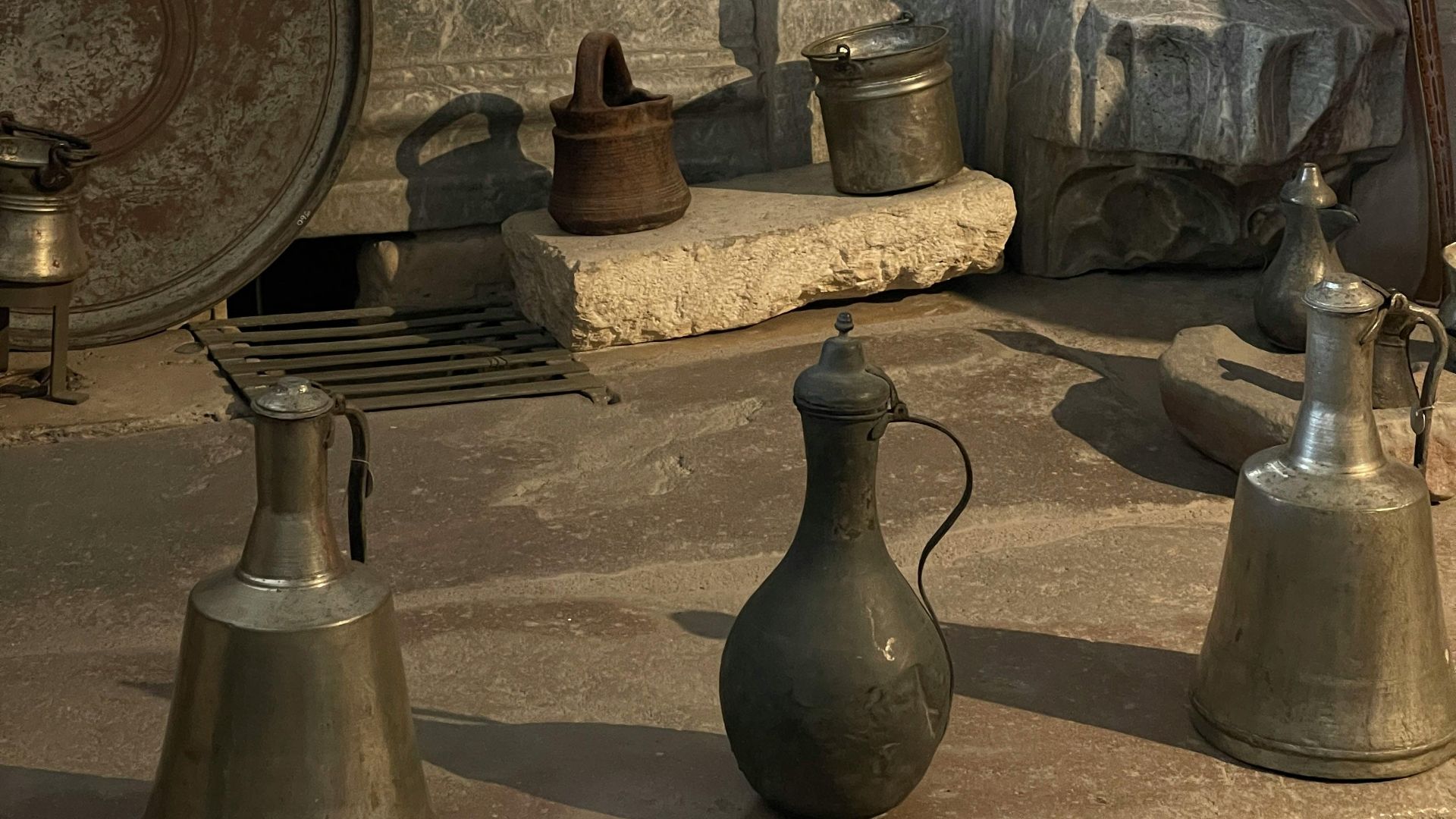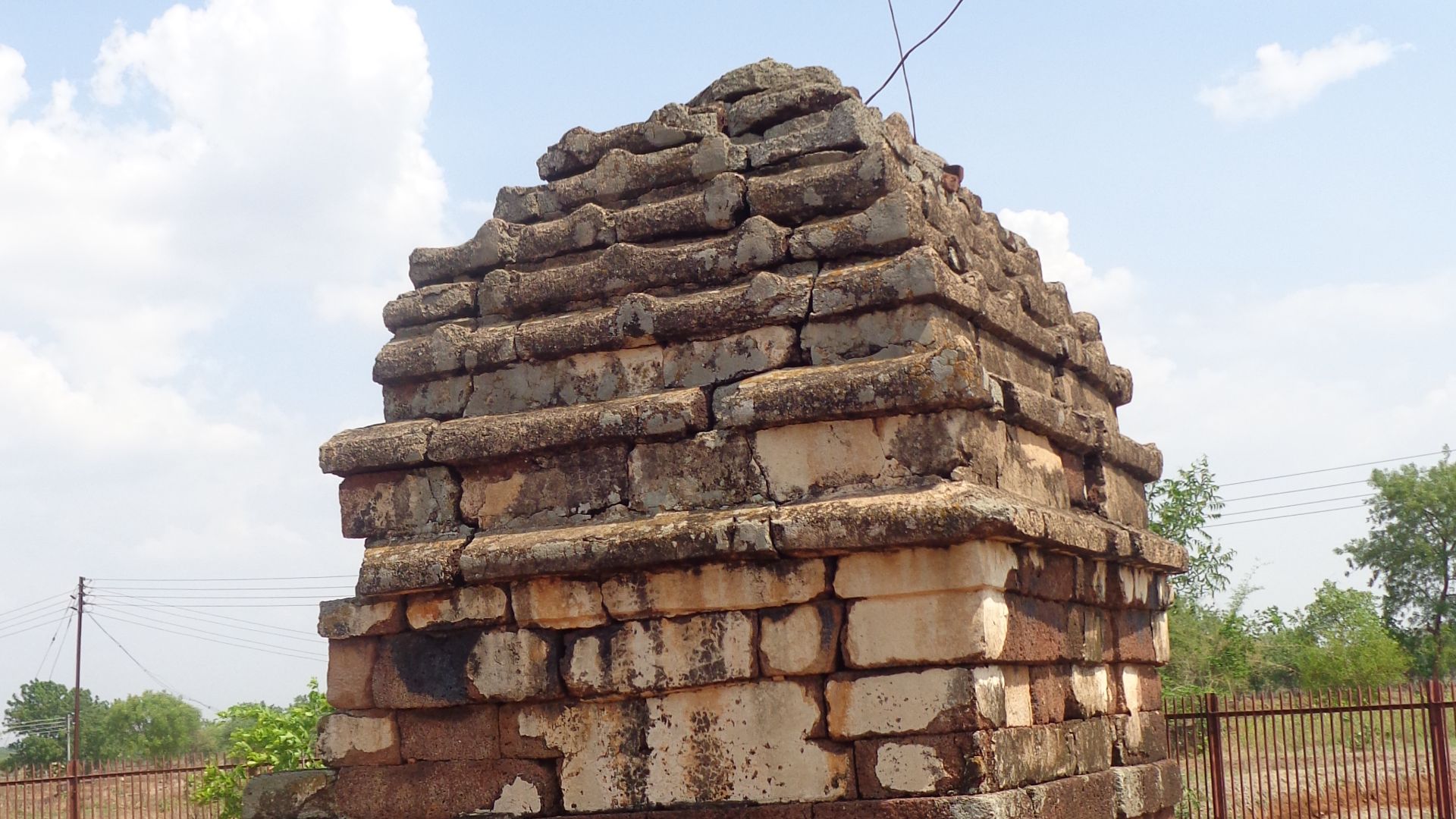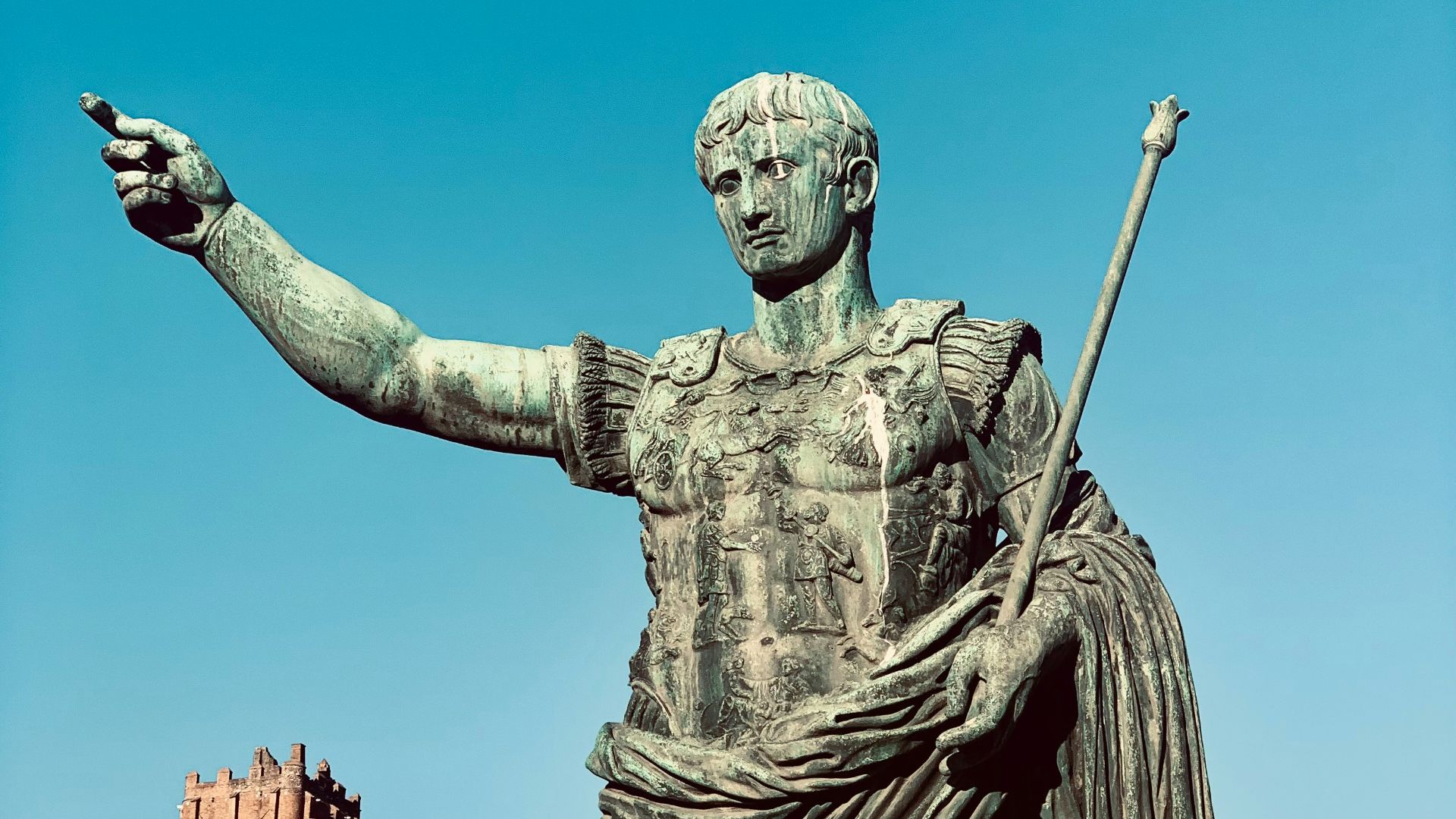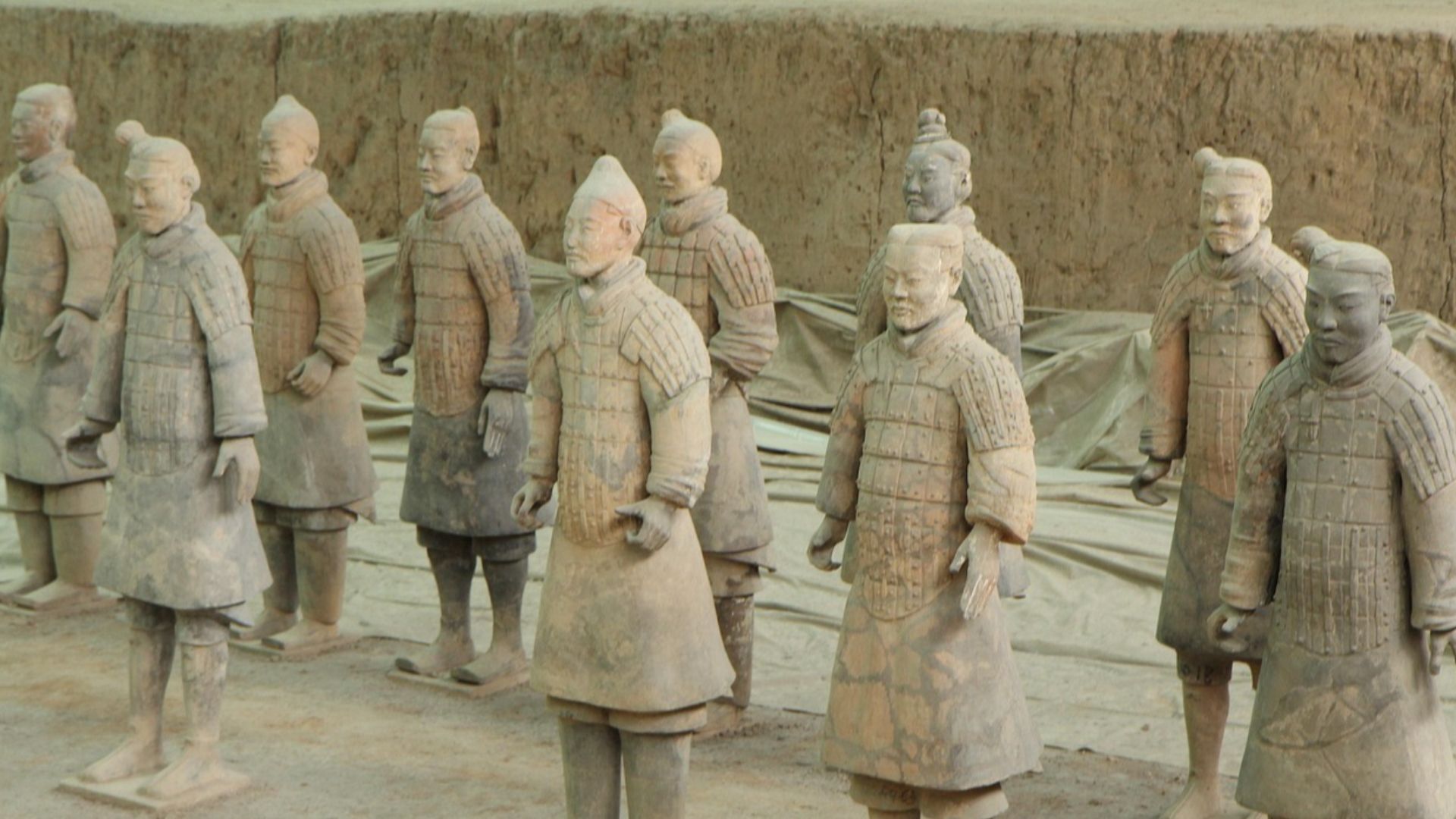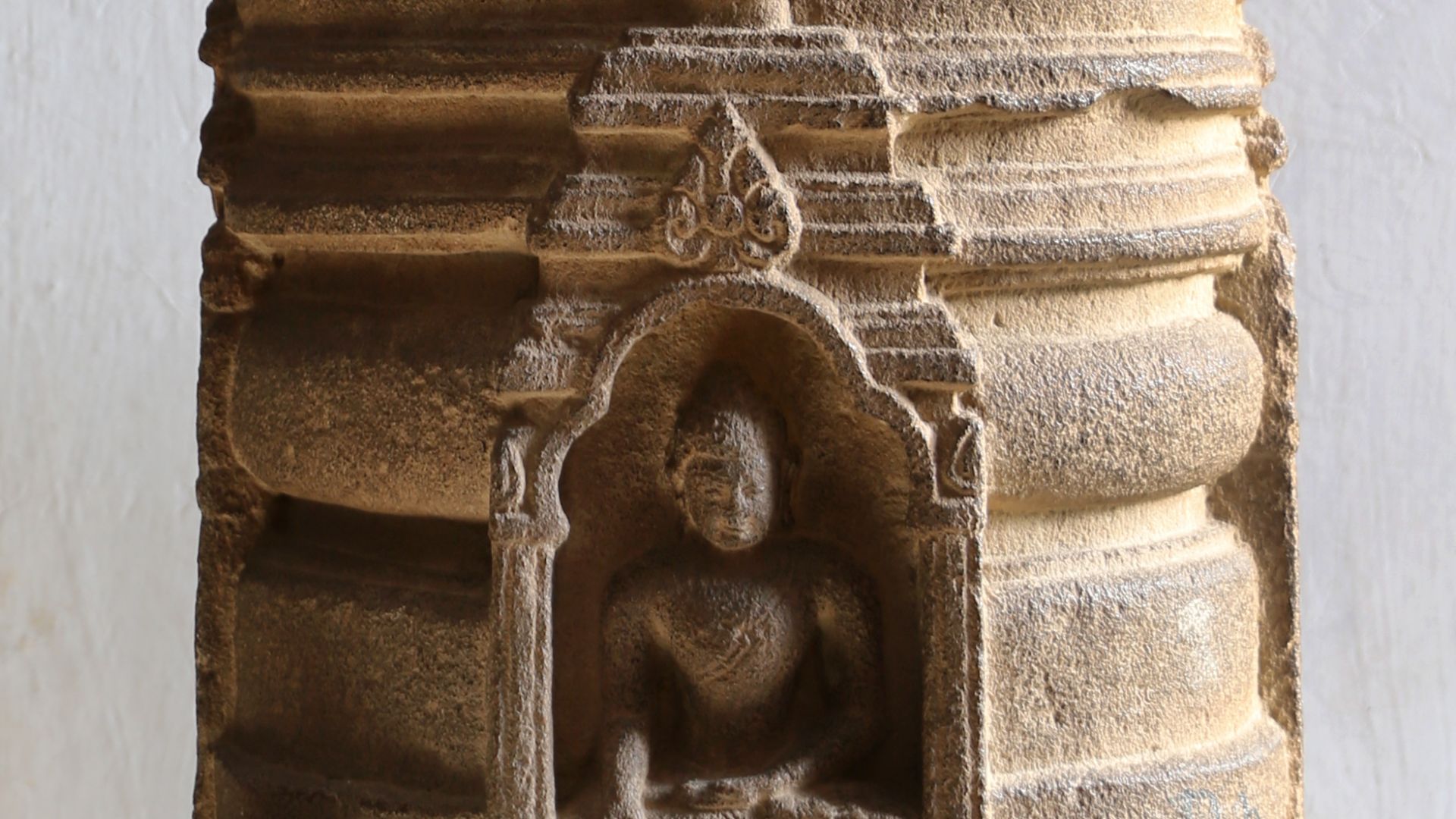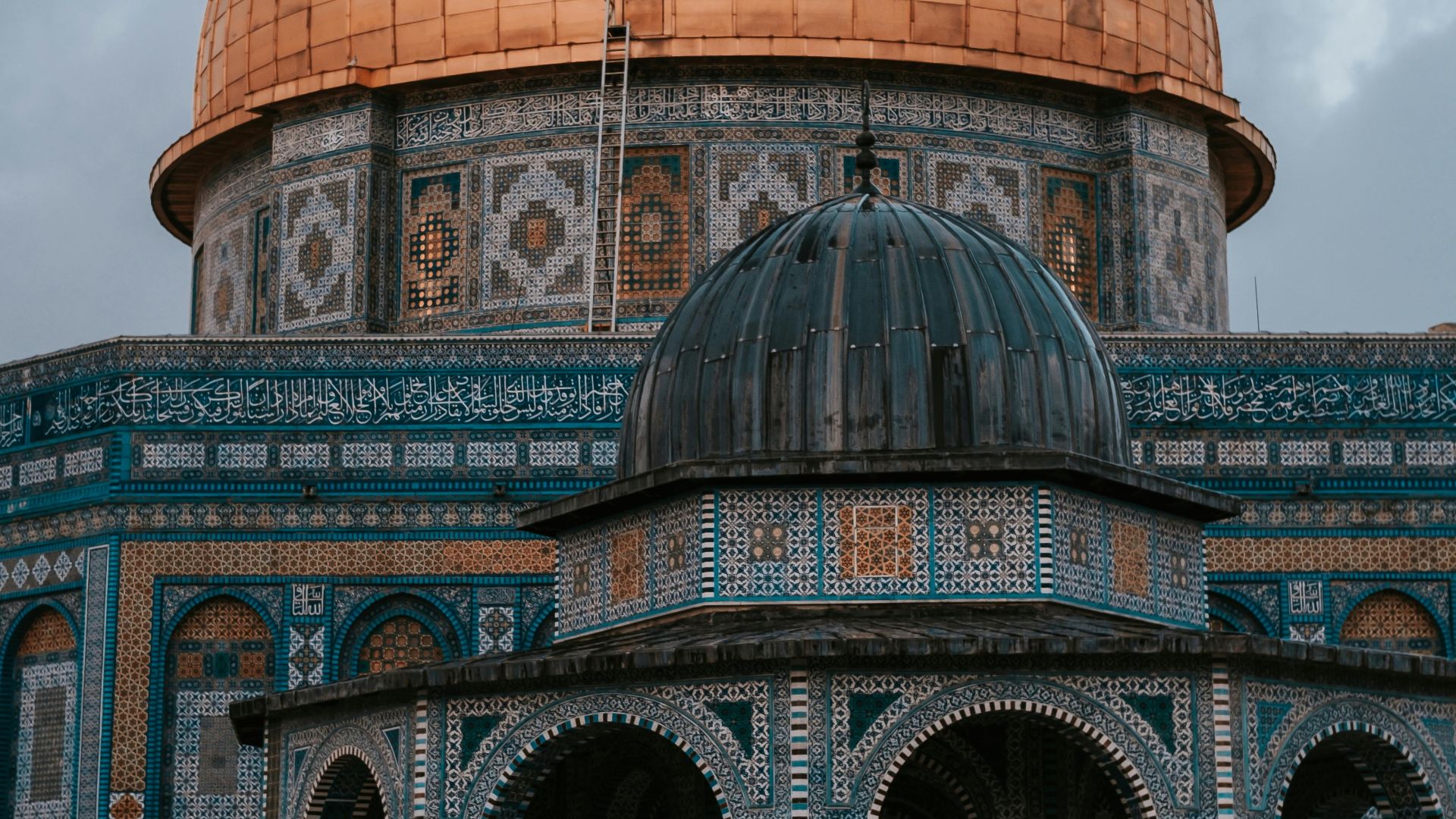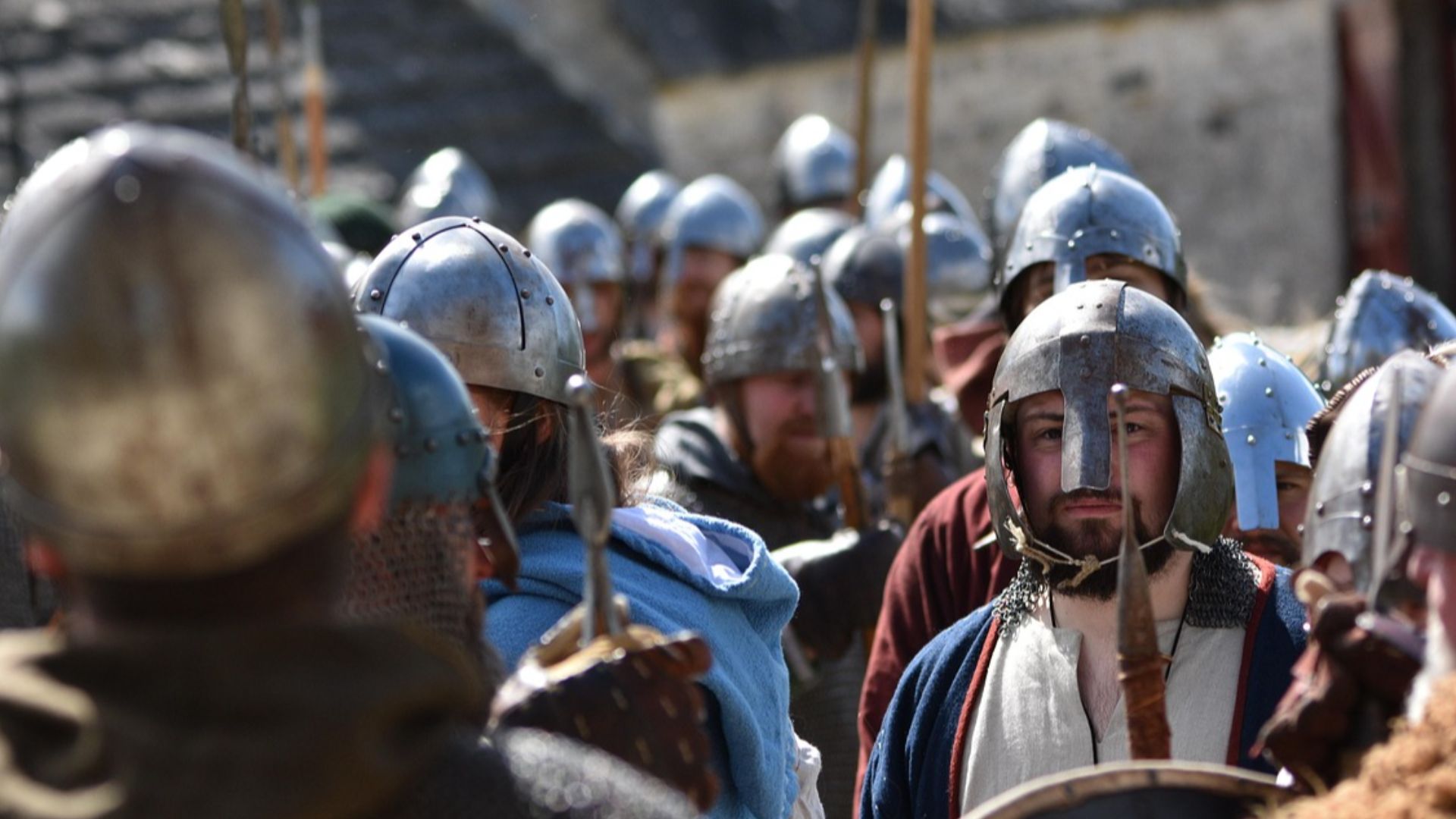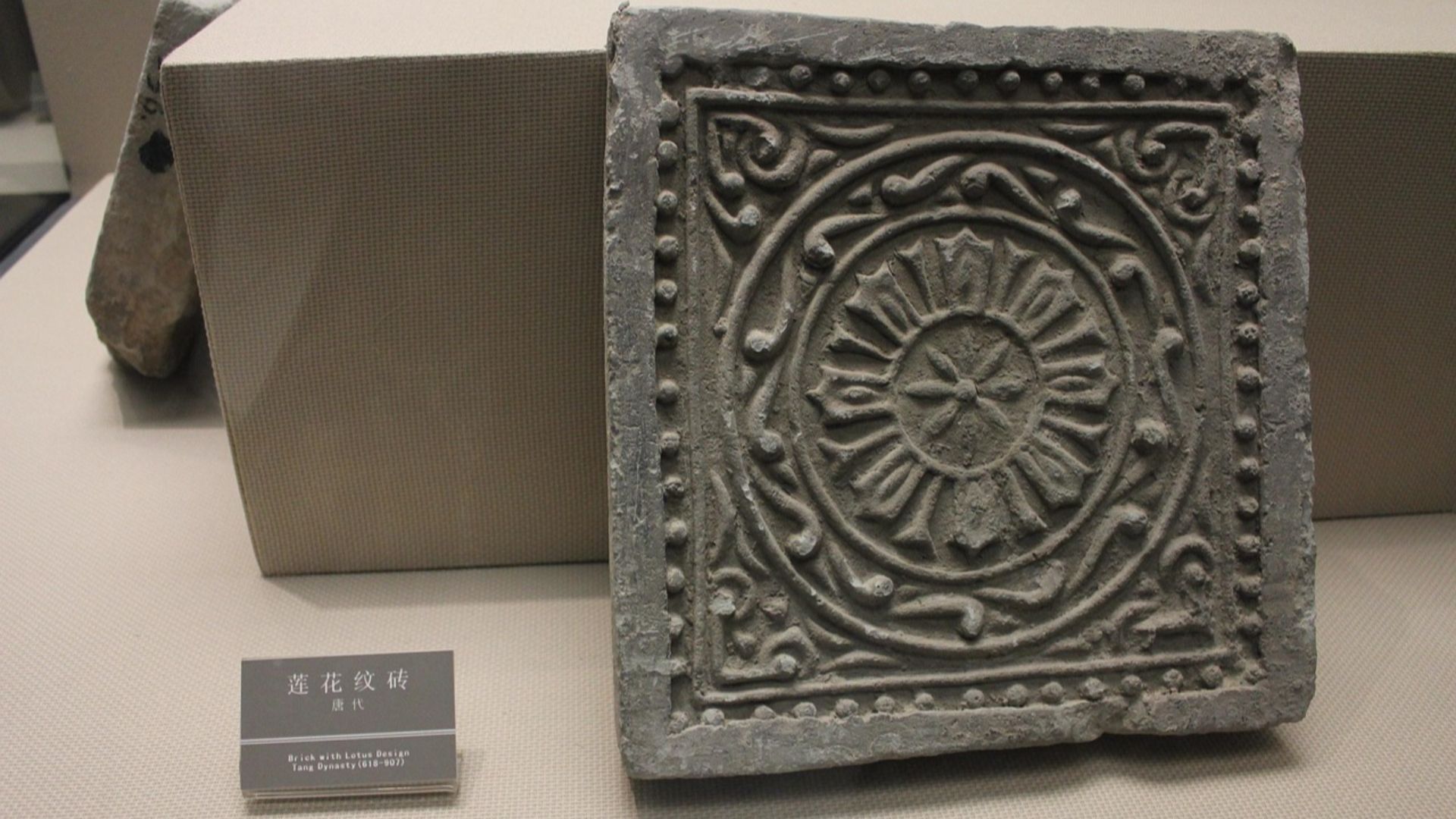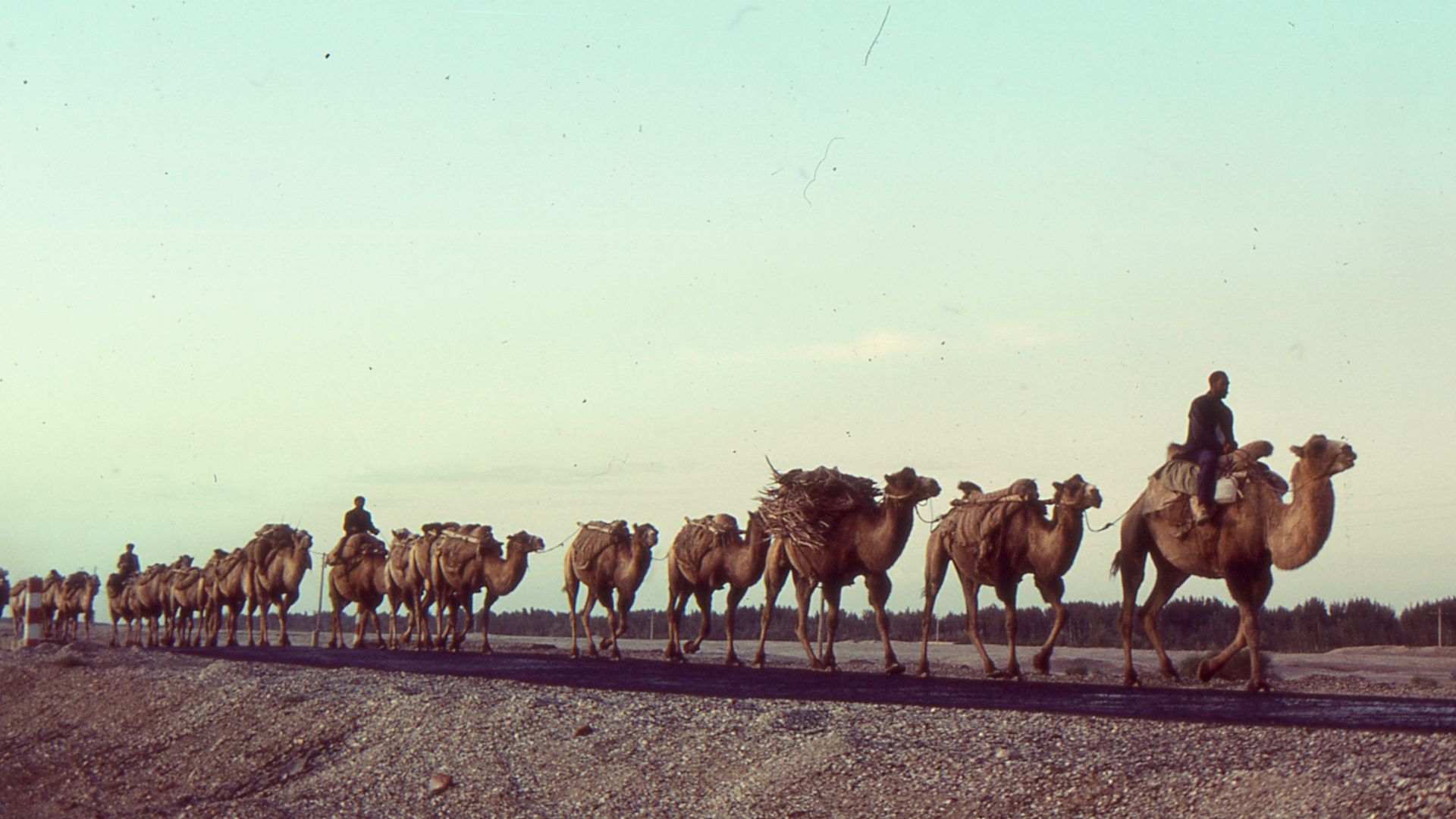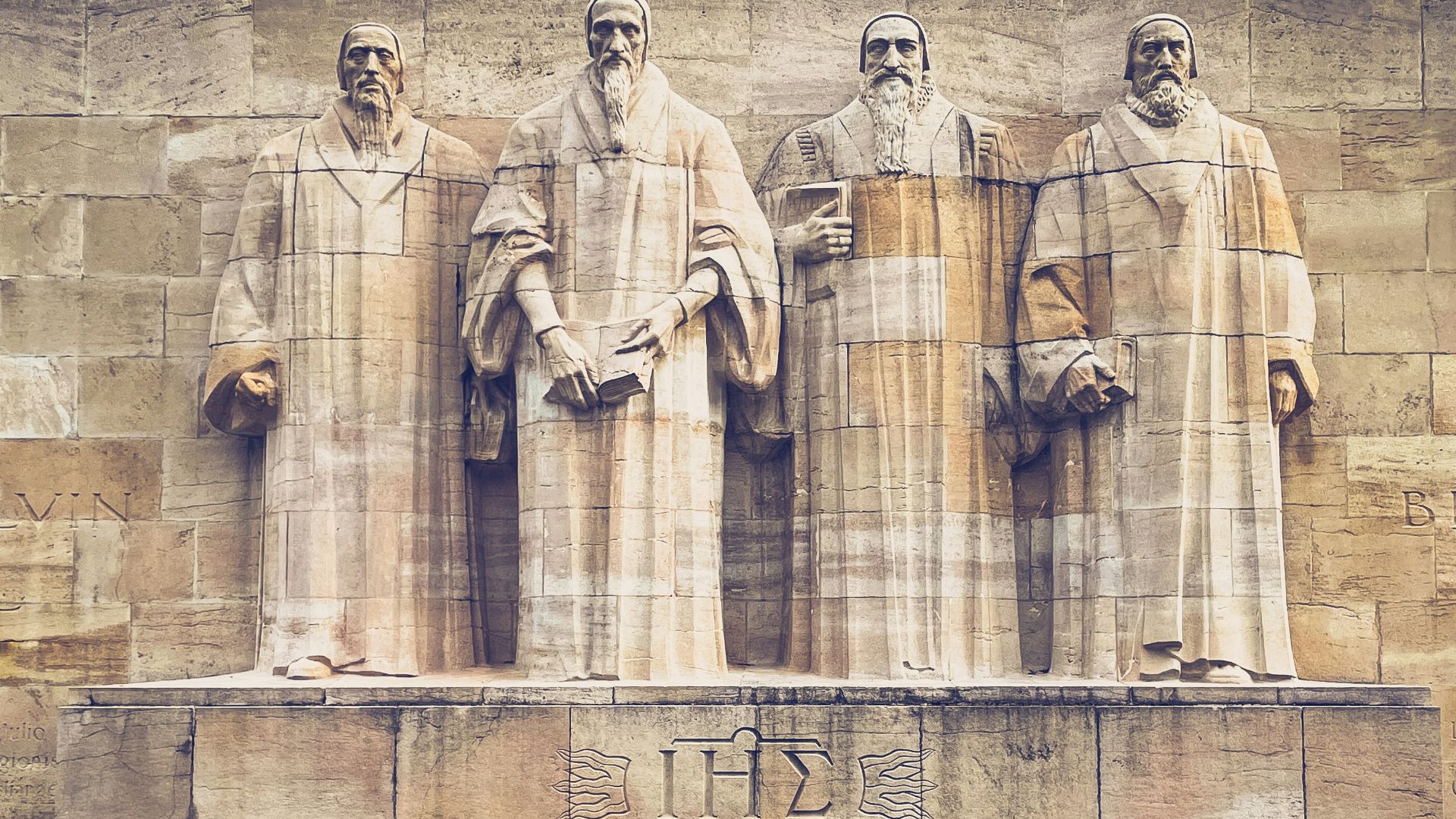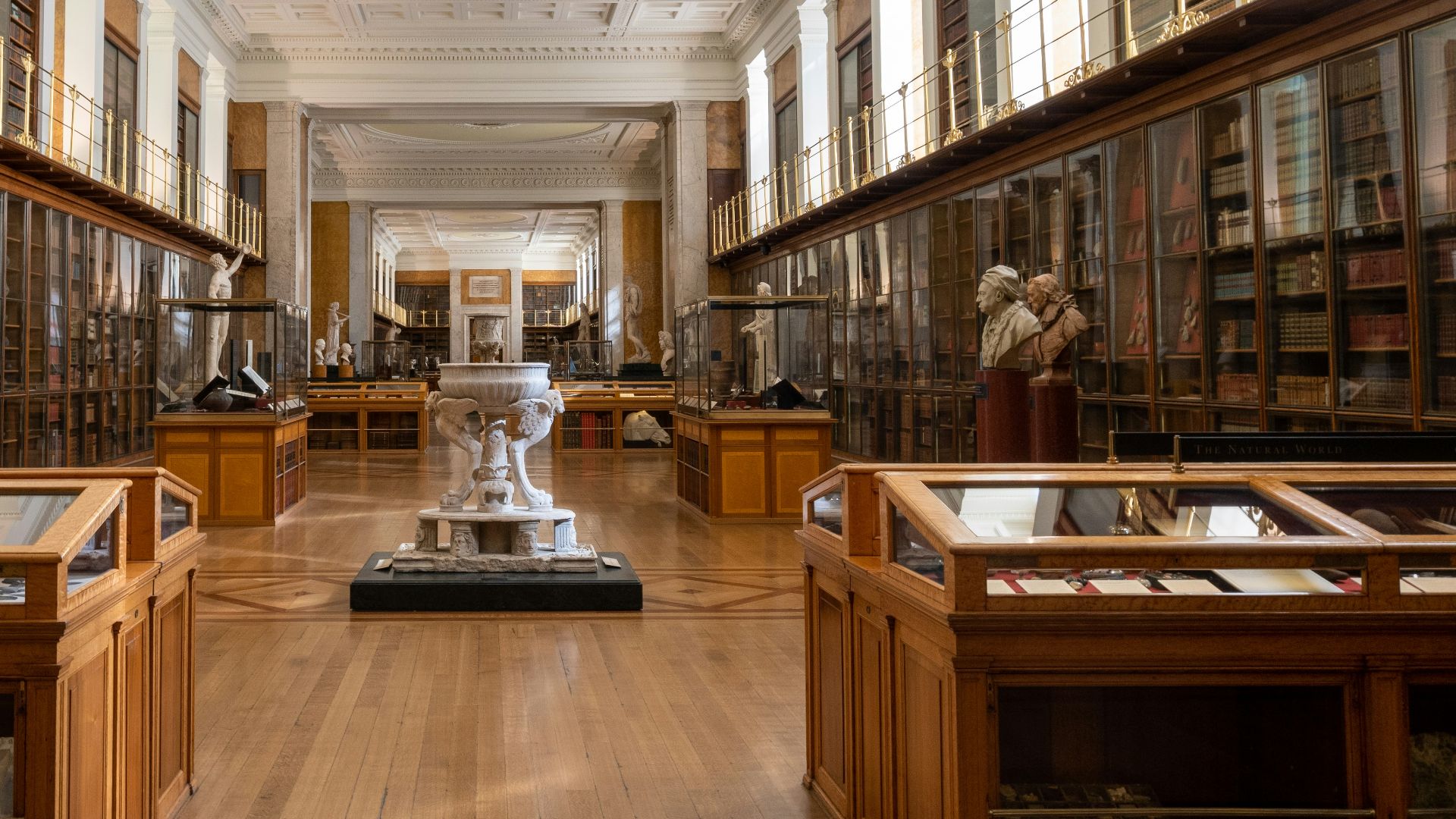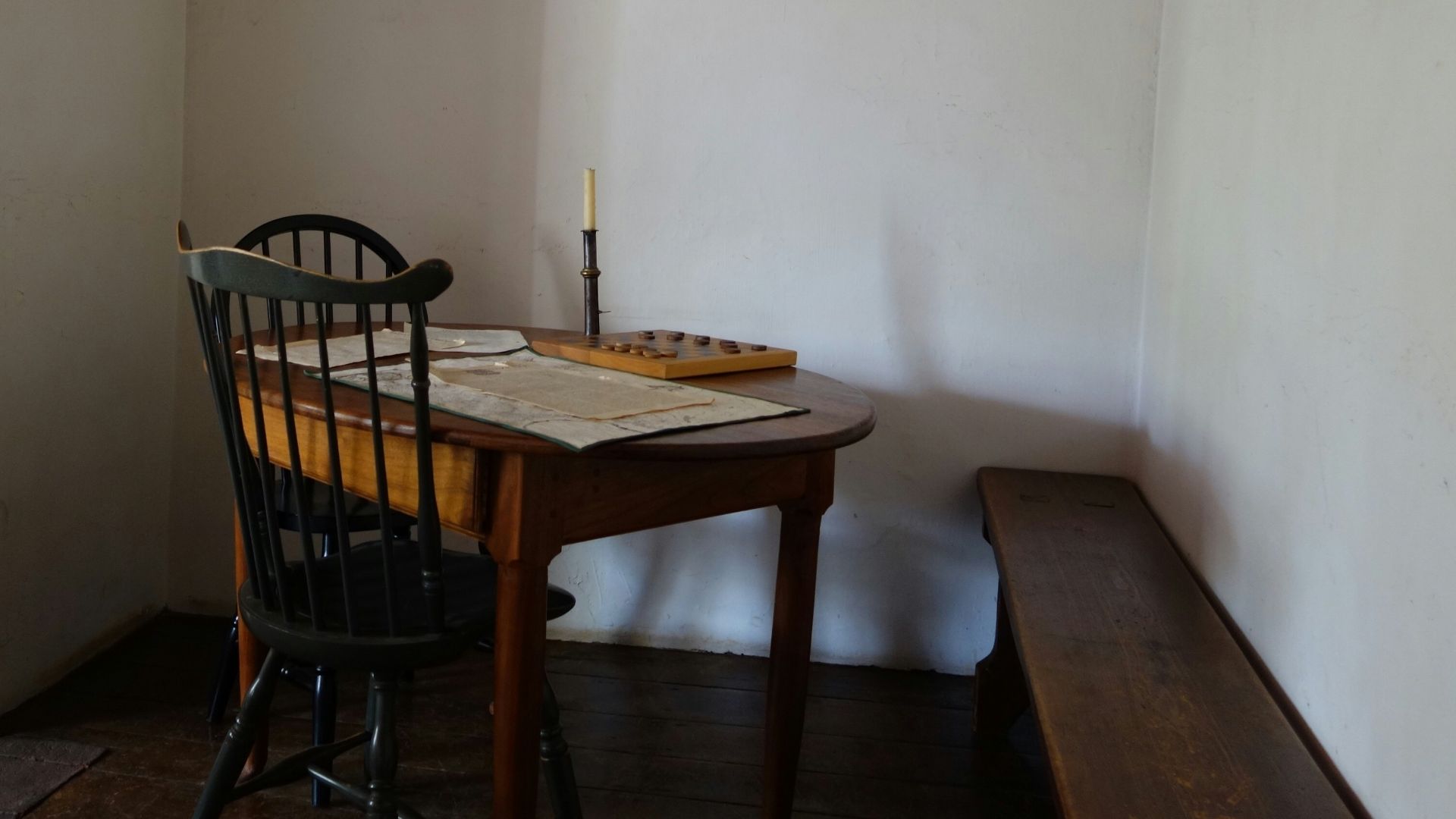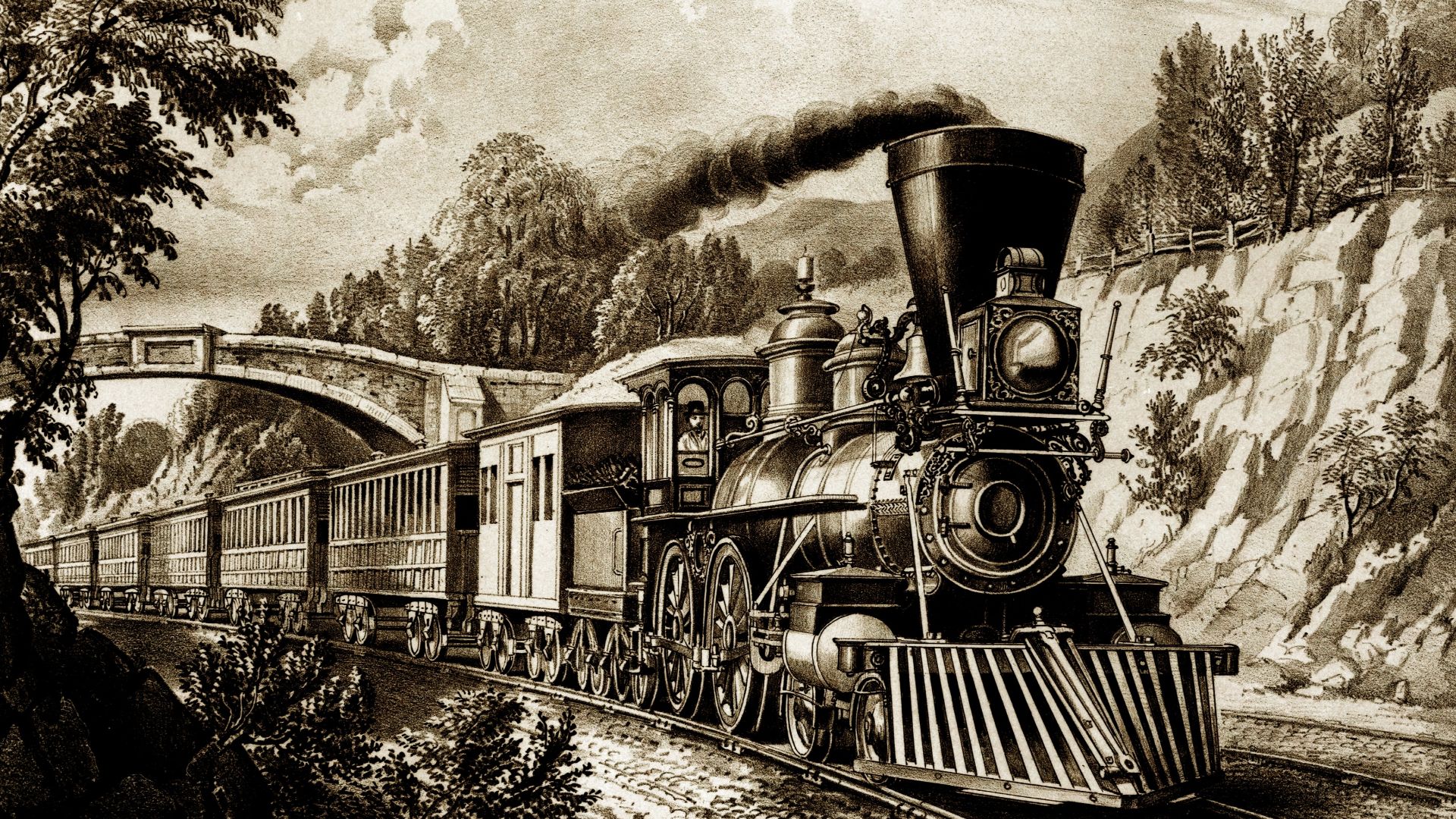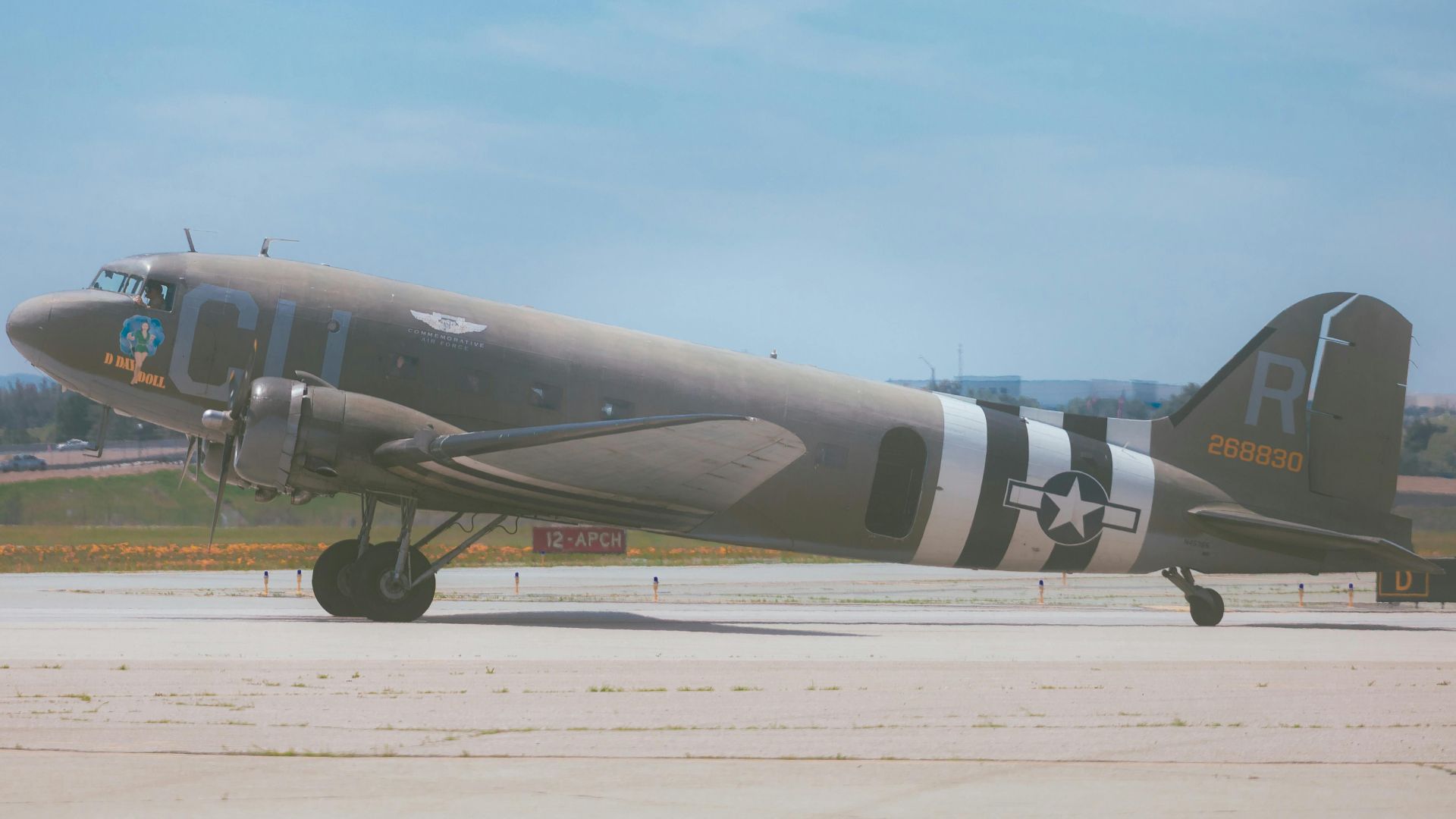The Ages That Built Civilization
Some moments in history don’t just mark time—they define it. Across continents and centuries, entire eras have reshaped human thought, rewired societies, and left a lasting legacy that we still see today. Think about ancient revolutions and global awakenings—where would we be without them? These 20 time periods turned the world on a different axis.
1. Neolithic Revolution (c. 10,000–4,500 BCE)
Settling down changed everything. Once people figured out farming, they stopped roaming and started building villages. That shift meant storage, surplus, and society. Suddenly, crops mattered more than spears. It wasn’t flashy, but it laid the groundwork for, well… everything else.
2. Bronze Age (c. 3,300–1,200 BCE)
Bronze tools improved durability and precision in agriculture and trade. Metallurgy advanced, enabling early civilizations to flourish in Mesopotamia and beyond. Simultaneously, written records appeared, creating administrative systems that marked a clear transition from prehistory to organized state structures.
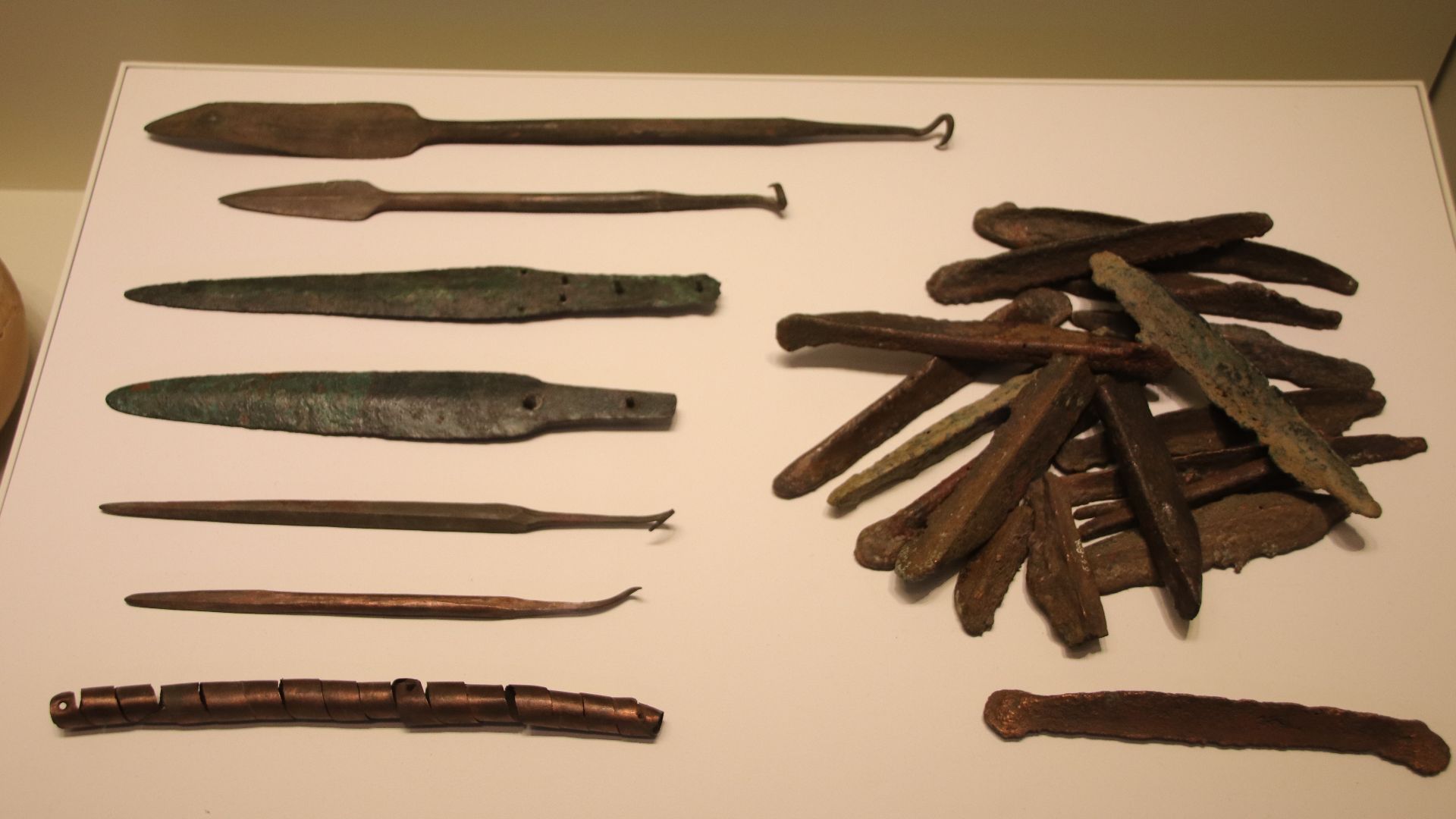 Gary Todd from Xinzheng, China on Wikimedia
Gary Todd from Xinzheng, China on Wikimedia
3. Iron Age (c. 1,200–500 BCE)
Bronze got benched, and Iron took the field. Harder, cheaper, and easier to find, iron tools reshaped empires—literally. Farmers, warriors, and kings all leveled up. And while things got more efficient, progress was evident, but was it peaceful? Not really.
4. Classical Greece (c. 500–323 BCE)
Philosophy and the Olympics emerged here. City-states like Athens and Sparta dominated Mediterranean thought and conflict. Socratic debates shaped logic, while architectural advances left a global influence. This era became the intellectual backbone of later Western political and educational systems.
5. The Maurya Empire (322–185 BCE)
You’d think running one of the largest empires in ancient India would be a mess. And yet there was Ashoka. The man went from a bloodthirsty conqueror to a Buddhist reformer with a public relations strategy carved into rocks. India’s first big empire was surprisingly efficient (mostly).
6. The Roman Empire (27 BCE–476 CE)
Rome unified distant provinces under a single rule. Roads linked cities, laws shaped justice, and Latin carried ideas across borders. The empire eventually collapsed, but its influence lingered, quietly stitched into the structure of modern Europe.
7. Han Dynasty China (206 BCE–220 CE)
Bureaucracy stabilized daily life here. Even invention thrived when Confucian teachings guided rulers and citizens alike. Trade reached distant lands through the Silk Road, and for many in China, this dynasty marked a time of balance that later eras struggled to recapture.
8. Gupta Empire (c. 320–550 CE)
Just imagine a world where numbers held beauty and logic danced with myth. Astronomers tracked shadows, poets shaped identity, and medicine grew alongside prayer. The Gupta period wasn’t loud, but it left a quiet brilliance that still flickers in science and literature today.
9. Islamic Golden Age (8th–13th Century)
Think science can’t coexist with religion? Think again. Algebra and medical texts emerged in bustling libraries from Baghdad to Cordoba. While Europe slept through the Dark Ages, scholars here redefined knowledge with just centuries of focused brilliance.
10. Viking Age (c. 793–1066 CE)
People remember the horned helmets, which they didn’t even wear. But the Vikings were more than raiders. They were traders, sailors, and settlers. These people even navigated the seas long before GPS and left their mark across continents.
11. Song Dynasty (960–1279 CE)
In Song China, progress came from clever design, not conquest. People built better canals, crafted detailed maps, and experimented with early printing. Daily life revolved around learning and efficiency. Even the markets felt modern, using paper bills instead of coins.
12. Mongol Empire (1206–1368)
No army had moved that fast before. The Mongols swept through Asia and beyond, but they also opened up the world. Suddenly, a merchant from Venice could travel to China on roads guarded by horsemen. The Silk Road finally felt safe.
13. European Renaissance (c. 1300–1600)
People started asking questions their grandparents wouldn’t have dared. A sketch, a scroll, a quiet conversation in a workshop—those small moments added up. Eventually, the ideas spilled into paintings, buildings, and new ways of thinking. And curiosity, once sparked, refused to fade.
 Bernd Schwabe in Hannover on Wikimedia
Bernd Schwabe in Hannover on Wikimedia
14. Age of Exploration (15th–17th Century)
Each voyage began with guesswork and ended with maps that redrew everything. Some ships returned with goods. Others never came back. Still, explorers kept sailing. New coastlines came into focus, and the balance of global power shifted slowly, then all at once.
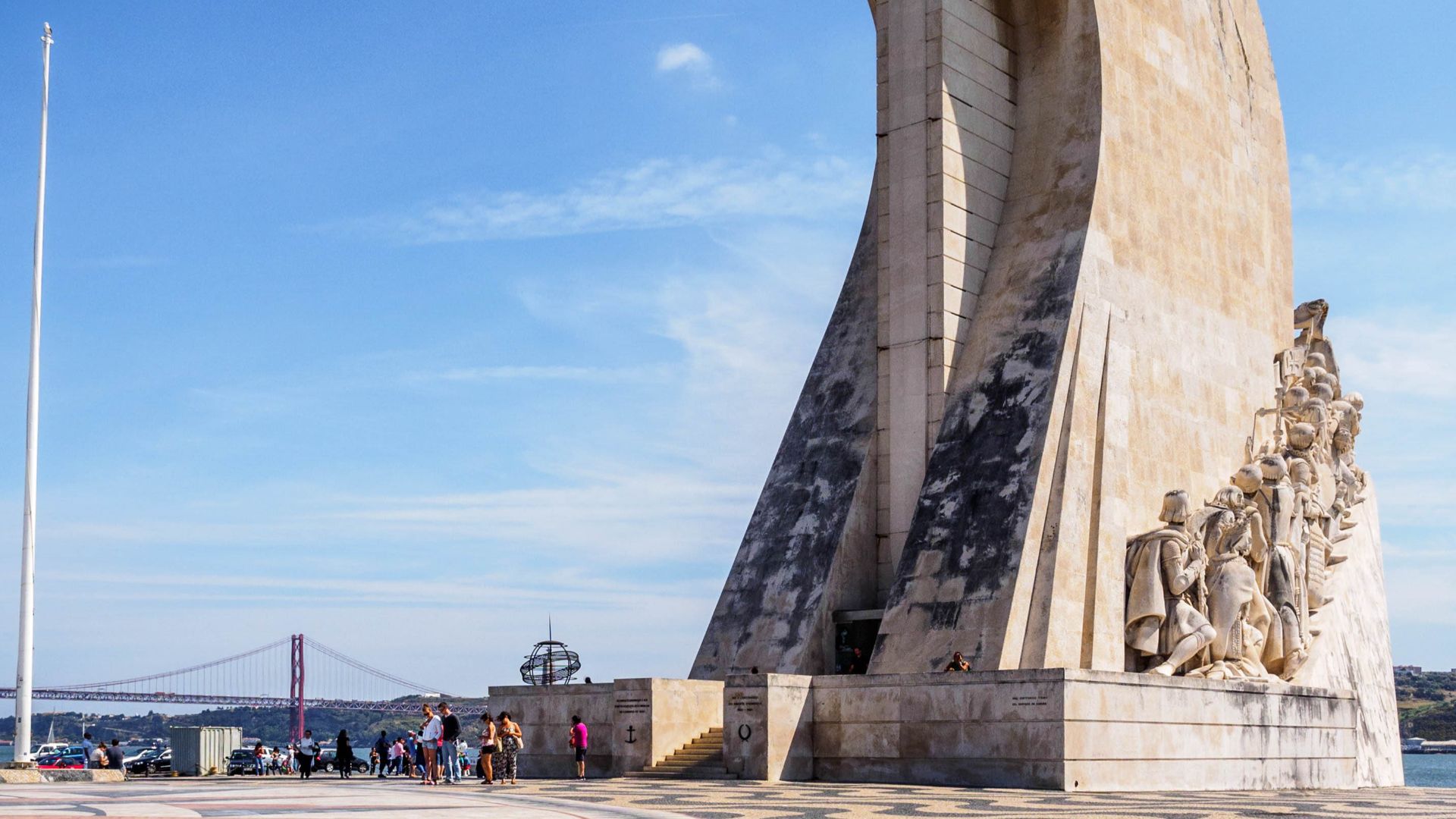 Andreas Manessinger on Wikimedia
Andreas Manessinger on Wikimedia
15. Protestant Reformation (1517–1648)
It started with a list nailed to a church door. Martin Luther questioned why people were paying for forgiveness and whether faith alone was enough. The ideas spread fast as arguments followed. For many, this was the first time belief felt like a choice.
16. Age of Imperialism (c. 1870–1914)
Trains rolled into lands that had never seen steel. Foreign languages filled schools where local stories used to live. Communities were told who they were by strangers in uniforms. Behind every flag planted was a history rewritten and a silence forced into place.
17. The Enlightenment (17th–18th Century)
What happens when logic starts to matter more than fear? People begin to question everything they’ve been taught. More than a period of ideas, the Age of Enlightenment was a challenge to power, asking whether knowledge should be limited or shared without permission.
18. Industrial Revolution (c. 1760–1840)
Steam power revolutionized manufacturing by improving speed and scale. Labor shifted from manual to mechanized, leading to urbanization and structural shifts in the economy. This period marked the transition from agrarian systems to industrial processes, laying the foundations for modern infrastructure and production.
19. World Wars Era (1914–1945)
You could hear it in the way people paused before speaking. The world felt tense, not just during the battles but in the waiting. Each headline carried weight. Peace came slowly, and even then, no one relaxed like they used to.
20. Cold War Period (1947–1991)
Everyone kept score, even when no one said it out loud. The U.S. and Soviet Union turned space and television into quiet battlefields. One wrong move could start everything. So they stared each other down, hoping the silence would hold.
KEEP ON READING

The 10 Youngest Monarchs In History & The 10 Oldest
Age Is Just A Number. Imagine being crowned king or…
By Chase Wexler Mar 11, 2025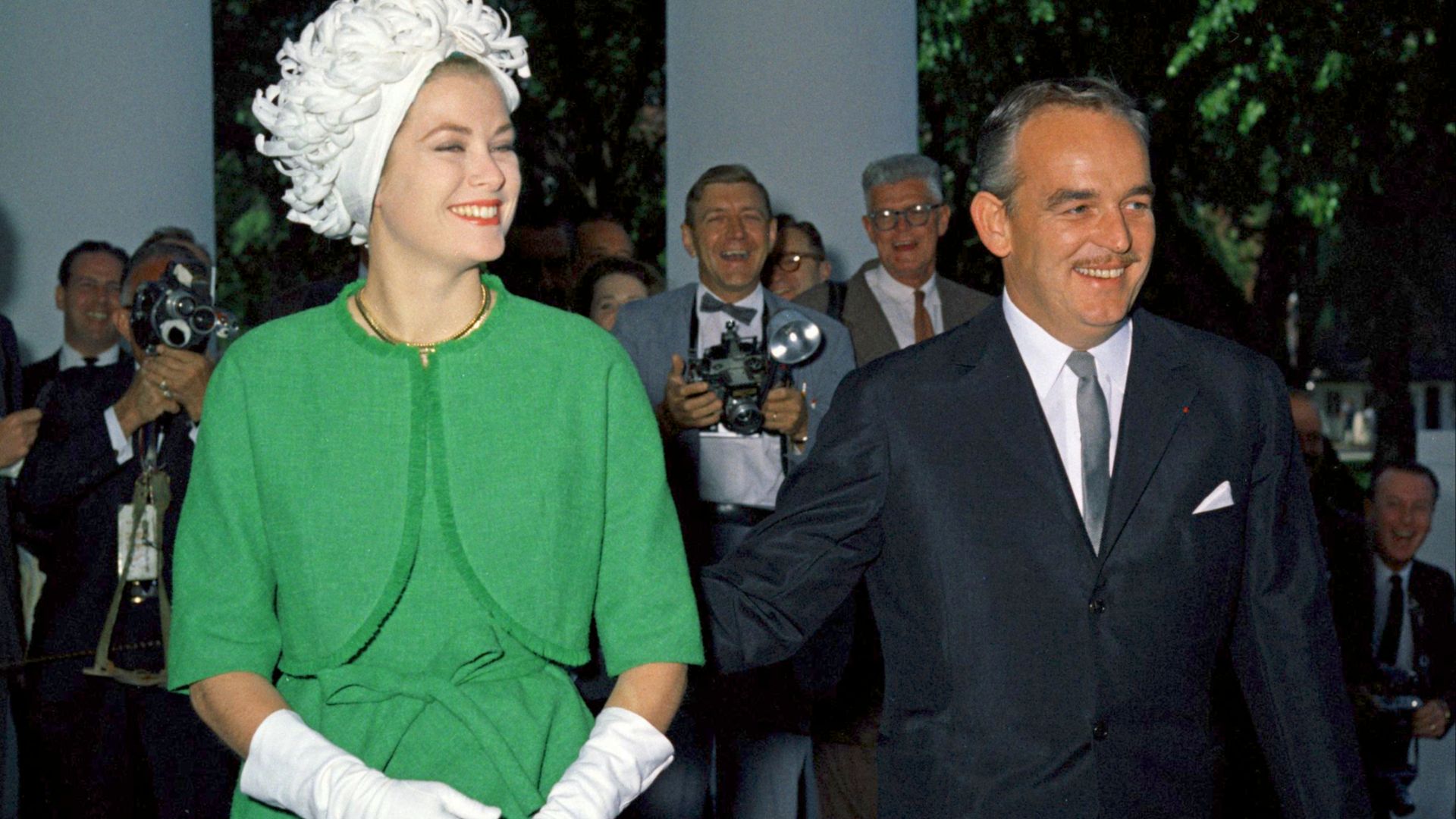
You Think You Have Problems? These Royal Families Were Cursed
Boasson and Eggler St. Petersburg Nevsky 24. on WikimediaHeavy is…
By Ashley Bast Dec 5, 2025
You Can Thank This Greek-Canadian For Creating Pineapple On Pizza…
Love it or hate it, pineapple on pizza sparks debate…
By David Davidovic Dec 1, 2025
Yes, Australians Once Lost A Battle Against Flightless Birds
David Clode on UnsplashIn 1932, the Australian military went to…
By David Davidovic Nov 24, 2025
The Y2K Bug: Why Did Everyone Think Year 2000 Was…
Alan W on UnsplashOn December 31, 1999, people all over…
By Christy Chan Dec 22, 2025
WWI Messages in a Bottle Just Washed Up on Australia’s…
Jayne Harris on UnsplashA century-old message in a bottle was…
By Cameron Dick Nov 13, 2025



